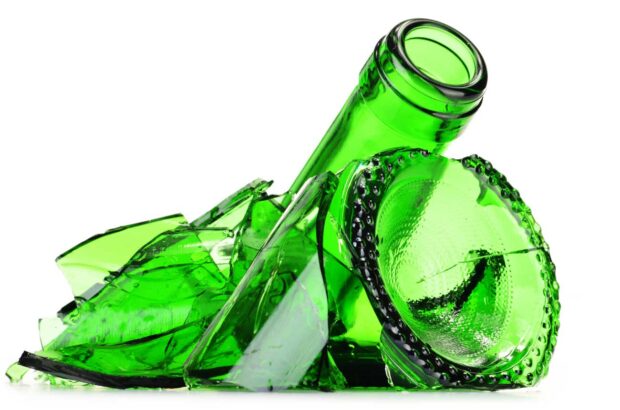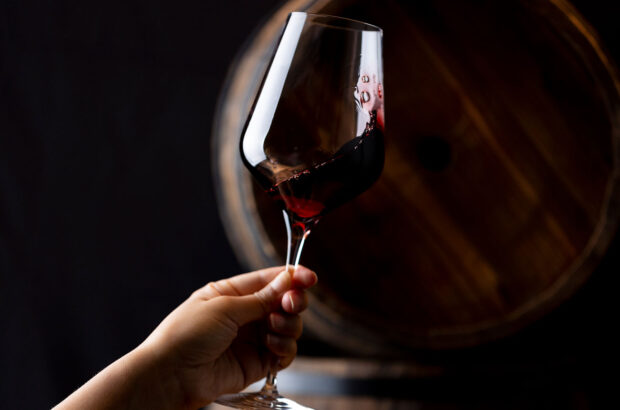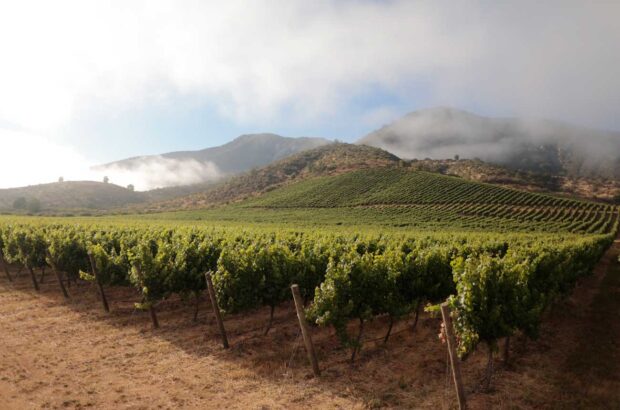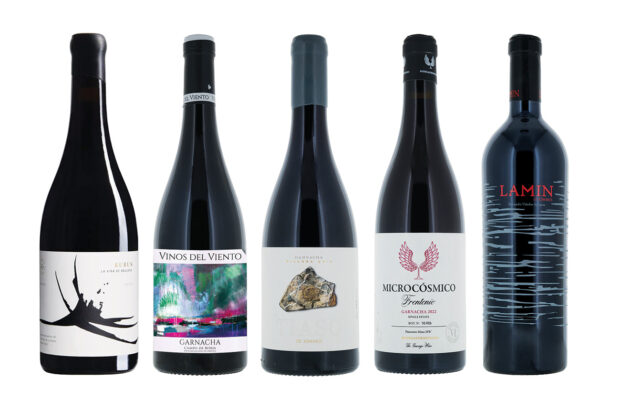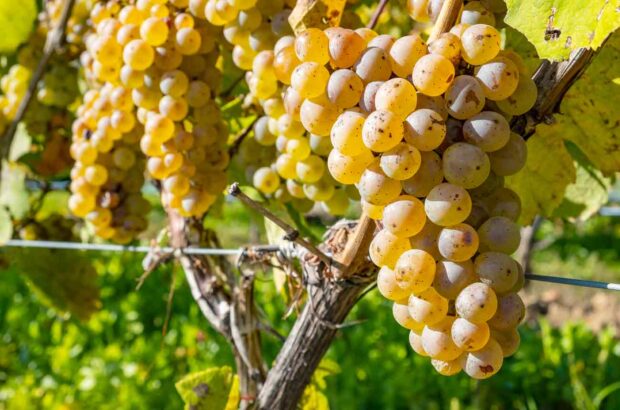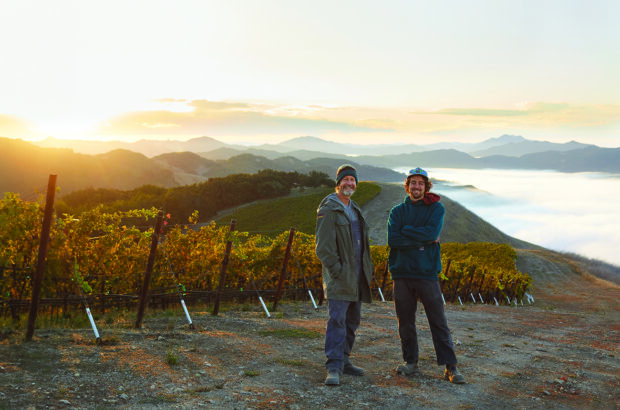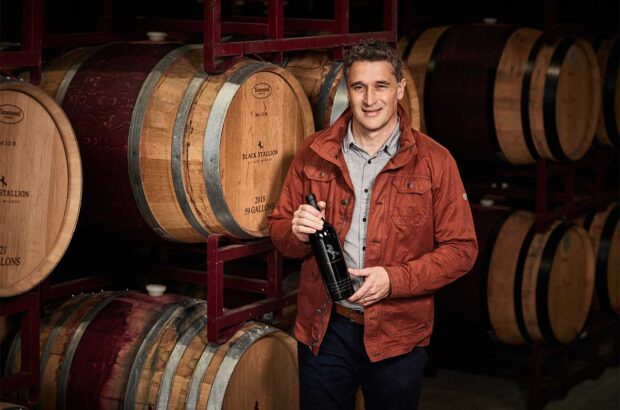Stephen Brook attended the Louis Jadot masterclass at the recent Decanter Fine Wine Encounter in London and tasted vintages of its Clos Vougeot Grand Cru stretching back several decades. See his ratings on the wines.
Like many of the major négociant houses in Burgundy, Louis Jadot has extensive holdings of fine vineyards and thus acts as a domaine as well as a merchant, with eight Grands Crus among the 37 hectares it owns along the Côte d’Or.
Frédéric Barnier presented a splendid vertical tasting from the Clos Vougeot Grand Cru at the Decanter Fine Wine Encounter in London.
Barnier took over as technical director in 2012, succeeding the legendary and hugely admired Jacques Lardière on his retirement.
Lardière was keen on biodynamic farming, although Jadot has never made a great song and dance about it.
Article continues below the wines: Find out more about Jadot’s Clos Vougeot vines and winemaking principles.
Jadot Clos Vougeot ratings from this tasting
UK and US stockists given if available. Stockist search aided by Wine-Searcher
About Clos Vougeot
Clos Vougeot is the largest Grand Cru after the Cortons, with almost 51 hectares planted in a single block, but divided among over seventy proprietors.
The Clos differs from other Grands Crus in that its vineyards don’t just occupy the prized mid-slope of the Côte de Nuits, but descend as far as the road between Beaune and Dijon.
That means there are considerable variations in soil type.
Where Jadot’s vines lie
Barnier readily admitted that the Jadot holdings, which amount to a sizeable 2.6 hectares, are partly mid-slope but mostly at the foot of the slope. That lower section has more clay, and the soil is twice as deep as it is at the top of the Clos.
In Barnier’s view, that doesn’t mean the Jadot wine is lower in quality, but it does mean it is slower to evolve and does not become fully expressive until it is at least seven years old.
How Jadot Clos Vougeot is made
Most of the Jadot wines are made in the same way, and Clos Vougeot is no exception.
The grapes are fully destemmed, and fermented with indigenous yeasts. The maceration period is usually prolonged, and fermentation temperatures relatively high, which can also add to the tannic structure when the wine is young.
It is aged for around 18 months in one-third new oak. Very little press wine is blended in, and there is usually no filtration.
Clos Vougeot may not be the most prestigious of Jadot’s Grands Crus, but it is certainly consistent.
More about Louis Jadot
Since 1985, Jadot has been owned by the Kobrand wine and spirits distribution company in the United States, but the firm seems content to let Jadot produce its wines without interference.
The hereditary managers of the company are the Gagey family, now entering its third generation. Jadot also has a welcome tendency to keep its winemakers for decades, ensuring a consistency of style.



